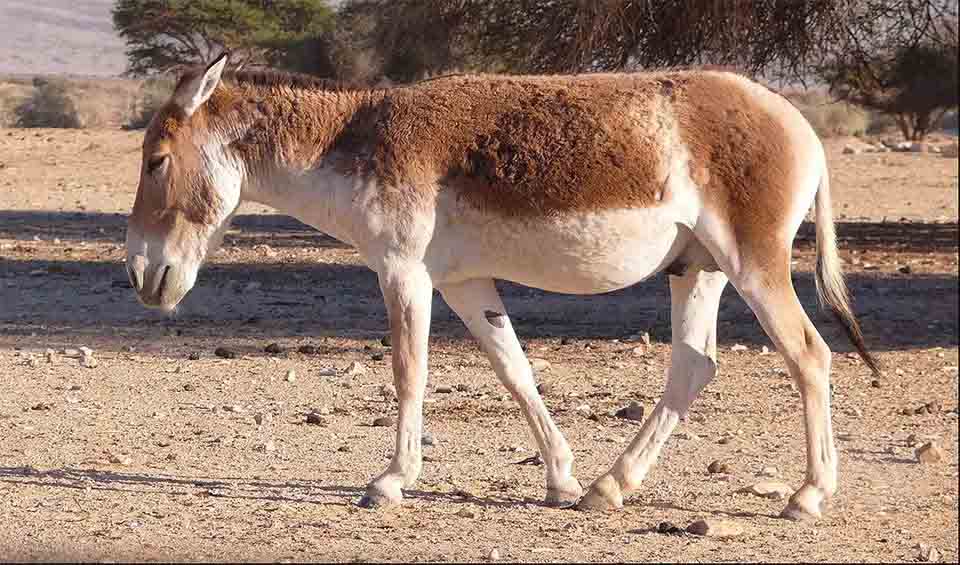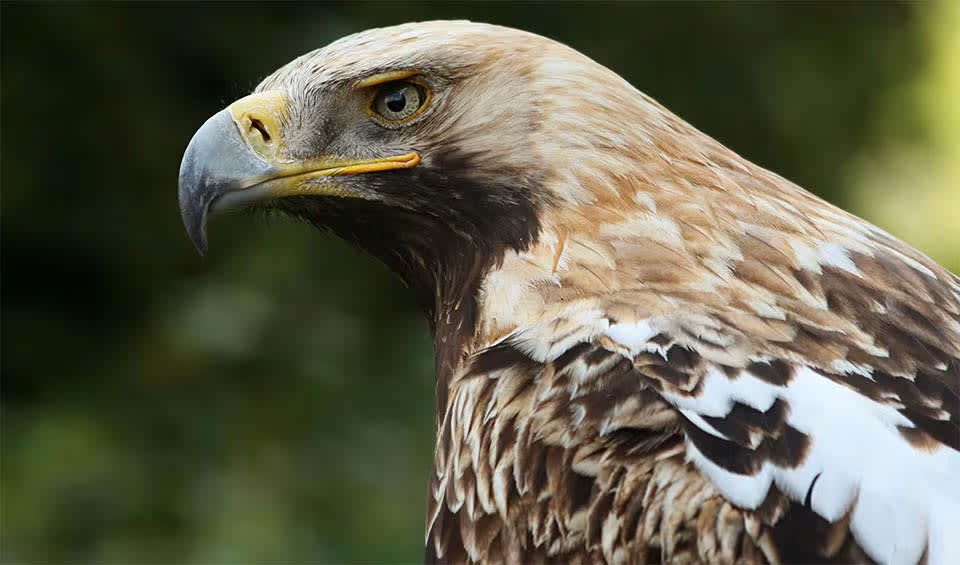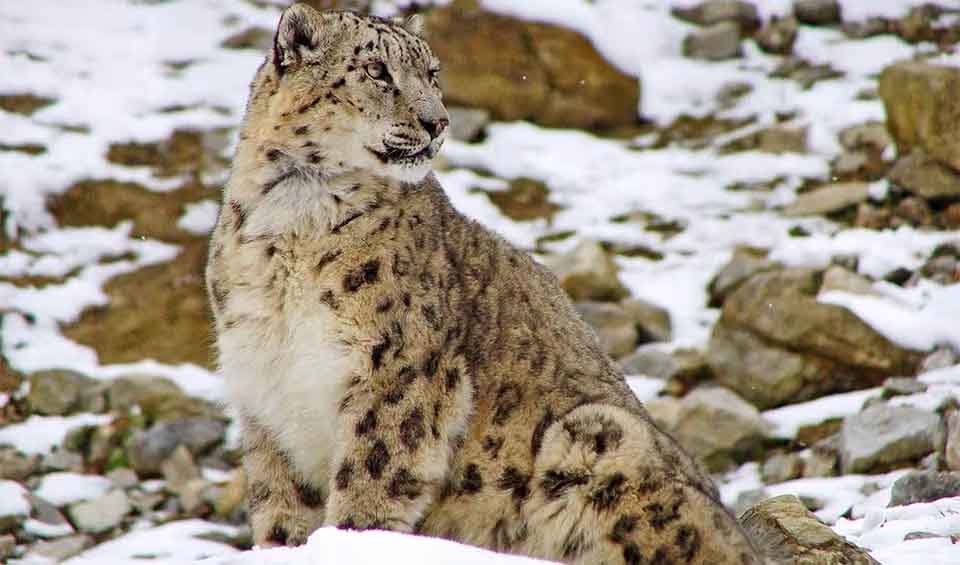Uzbekistan boasts significant biodiversity on both a global and regional scale, owing to its biogeographical importance. Serving as a crucial repository for various indigenous plants and wildlife, Uzbekistan, an arid landlocked country situated within the Aral Sea basin in Central Asia, faces challenges of desertification and recurring droughts.
Key economic sectors relying on biodiversity include irrigated agriculture, animal husbandry, forestry, fishing, as well as tourism and recreation. Predominantly occupied by deserts such as the Kyzylkum and Karakum, the Ustyurt Plateau, the Karshi Steppe, and the Fergana Valley, Uzbekistan hosts four distinct desert ecosystems: sand, clay, salt, and stony deserts.
Four pillars elaborated:
Uzbekistan boasts a variety of protected areas, comprising National Parks, Natural Monuments, State Nature Reserves, and Nature Reserves, such as the Lower Amudarya State Biosphere Reserve, Chatkal National Reserve, Hissar National Reserve, Kitab National Reserve, and Kyzylkum National Reserve. These terrestrial protected areas cover a notable portion of the country’s land area, playing a crucial role in conservation efforts. Recently, the Government of Uzbekistan has actively expanded the coverage of protected areas, increasing from 4.6% to 14.2% of the total land area. Implementing innovative approaches like utilizing off-road vehicles has enhanced patrolling efficiency across these vast territories, further strengthening conservation measures. Land Management
Land Management
Uzbekistan’s biodiversity confronts significant challenges arising from habitat loss, ecosystem degradation, and a consequent decline in population sizes and species diversity, spanning both flora and fauna, including economically vital species. Moreover, there’s a pressing concern over the erosion of genetic diversity, amplifying vulnerabilities to diseases and climate fluctuations. Threats to Biodiversity
Threats to Biodiversity
Within this context, the critically endangered saiga antelope (Saiga tatarica), listed in the National Red Book since 2009, faces dire threats primarily due to intensive illegal hunting, particularly for males prized for their horns, leading to disruptions in the species’ sex ratio. Additionally, habitat destruction and disruptions in traditional migratory corridors further imperil the saiga population’s survival.
Ecological tourism emerges as a promising sector in Uzbekistan, holding considerable potential for substantial economic gains. Notable ecotourism programs already attracting international visitors include excursions to villages nestled in the Nuratau Mountains, the Zaamin Nature Park, the Zarafshan Nature Reserve, the “Djeiran” Ecological Center, and Lake Tudakul. To further bolster tourism offerings and raise awareness about biodiversity, the national company “Uzbektourism” actively diversifies its portfolio and engages in public outreach initiatives. In tandem, government efforts to liberalize and privatize the fishing industry since 2003 have yielded positive outcomes, empowering leaseholders and eliminating catch quotas, resulting in increased fish catches and stocking in natural water bodies. Capacity and Governance
Capacity and Governance
Uzbekistan continues to prioritize the conservation and sustainable management of fish resources through regular measures and scientific assessments. Additionally, groundbreaking steps are being taken to integrate biodiversity conservation principles into the oil and gas sector, setting a unique precedent in Central Asia. By ensuring appropriate legislative frameworks and demonstrating conservation technologies, Uzbekistan aims to safeguard rare and endangered species like the Houbara bustard, caracal, gazelle, Ustyurt urial, and Saiga antelope. Furthermore, recent developments by the State Committee for Nature Protection to amend laws and incorporate biodiversity conservation principles into mining activities underscore Uzbekistan’s commitment to environmental sustainability.
Uzbekistan’s strategic focus on biodiversity conservation encompasses initiatives such as ecosystem support and restoration in productive landscapes, integration of biodiversity actions into natural resource management, and the assessment of economic values associated with ecosystem services. The country’s biodiversity conservation strategy for 2019-2028 aims to pinpoint priority areas for conservation efforts nationwide. Uzbekistan has also ratified a national plan for biodiversity conservation, emphasizing endeavors to promote ecotourism and conduct valuation studies to safeguard local culture and natural resources. Future Trends
Future Trends
Biodiversity
Uzbekistan, located in Central Asia, is characterized by diverse ecosystems, from vast deserts and arid steppes to lush river valleys and mountainous regions. The country’s varied landscapes support a rich biodiversity, including unique plant and animal species adapted to its distinct climatic conditions. The Kyzylkum and Karakum deserts, which cover much of Uzbekistan, are home to hardy flora like saxaul trees and shrubs, as well as fauna such as the Bactrian camel, desert monitor lizard, and various rodent species. The riparian forests along the Amu Darya and Syr Darya rivers provide habitats for wild boar, jackal, and numerous bird species, including the endangered Dalmatian pelican.The mountainous regions of Uzbekistan, particularly the Tien Shan and Pamir-Alay ranges, add another dimension to the country’s biodiversity. These high-altitude areas host unique ecosystems with alpine meadows, juniper forests, and endemic species such as the snow leopard, Siberian ibex, and the rare Marco Polo sheep. The rich flora in these regions includes over 4,000 plant species, many of which are endemic to the area.
In the table below are the number of known species in several main groups, how many of these species are Threatened with extinction, and how many of them are Endemic (unique to Uzbekistan only):
| Species (World rank) |
Threatened | % Threatened | Endemic | % Endemic | |
|---|---|---|---|---|---|
| Mammals | 99 (#112) | 10 | 10.1% | ||
| Birds | 354 (#100) | 19 | 5.4% | ||
| Reptiles | 64 (#112) | 7 | 10.9% | 1 | 1.6% |
| Amphibians | 3 (#175) | ||||
| Fishes | 87 (#189) | 10 | 11.5% | ||
| Plants | 4,250 (#82) | 16 | 0.4% | 400 | 9.4% |
mammals
Saiga antelope
Nature’s masterpiece, with a snout that steals the spotlight
Onager
Two out of six subspecies were hunted to extinction: the European & Syrian wild ass
Eurasian lynx
Once widespread throughout most of Europe, by now extinct in most of Western and Central Europe
birds
Eastern imperial eagle
Its imperial imagery and fierce demeanor have made it a symbol of power and nobility throughout history
Eurasian Griffon
Most social vultures with 12 distinct types of vocalization
Pin-tailed sandgrouse
This bird looks like a modern mosaic art-piece
reptiles
Dice snake
A big, harmless snake that likes to live near freshwater
Eurasian blind snake
A small, burrowing snake that can’t see well but can smell its way to a tasty insect
Desert monitor
Known for their impressive stamina and can travel long distances in search of food and water
National Animals
Sand cat
During mating, they use bark-like vocalizations as a mating call that sounds like chihuahuas
Snow leopard
The vanishing big cat of the cold, rugged Himalaya mountains is being executed by the humans
White stork
The folktale bird that brings the babies!
















